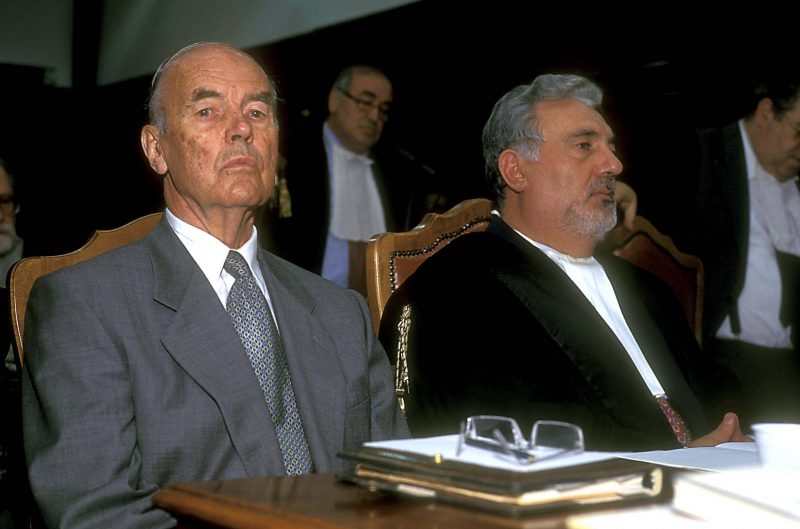When the Allies raised their flags in Berlin, and when the German Instrument of Surrender was signed on the eve of May 8, 1945, one thing was clear to Nazi officers: Europe was no longer a safe refuge for them. Plus, the heart and the brain of the Third Reich was gone: the Führer, cornered, had taken his own life.
But that didn’t mean that the entire network they had garnered had collapsed. Nazi admirers in fact still thrived. Spain was under a fascist-friendly rule. Plundered gold and other valuables were still secreted in Switzerland. There was a window of time to escape justice, flee the continent, and adopt new identities.
Across the ocean, Argentina, under President Juan Domingo Perón, was more than ready to welcome members of the Nazi hierarchy with open arms. Perón, an avid admirer of the fascist ideology, helped numerous former SS officers to flee with the support of his own diplomats and intelligence agents deployed in Europe. He actively aided their passage from Italy and Spain to Buenos Aires.
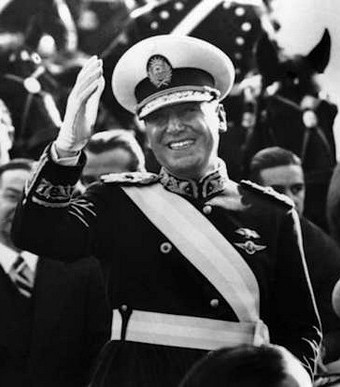
Perón had his own interests with such a generous offer, though his vision for the future did not come to fruition. He was confident a new world order was to follow, in which the Nazis would help Argentina dominate the globe, hopefully becoming more powerful than the U.S.A. or the Soviet Union.
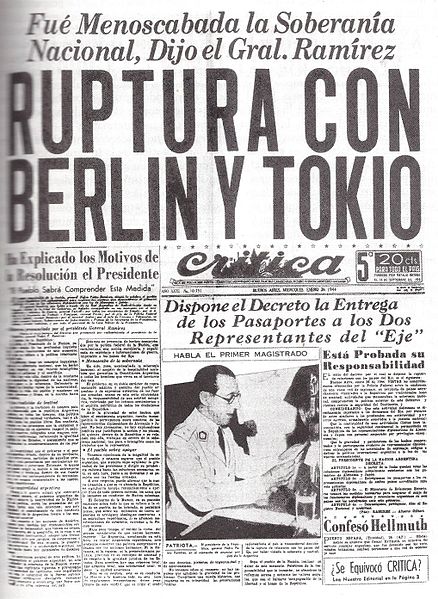
Over the years Argentina grew unenthusiastic about keeping Nazis within its borders, especially after learning of the unimaginable extent of the Holocaust. Perón lost power in 1955. Subsequently, some of the war criminals quietly moved to other South American countries. Others remained in Argentina — including Adolf Eichmann, who had arrived in Buenos Aires in 1950.
But without Perón, his bolt hole was no longer safe. The most wanted man was abducted by Israeli agents in Bueno Aires.
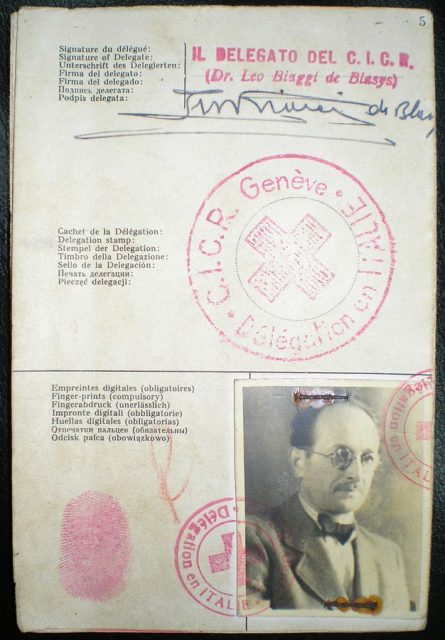
After the war, Eichmann first sought shelter in Austria. He was allegedly helped by the Vatican to falsify identity papers for his escape.
Under the false name of Ricardo Klement, the former Nazi went unnoticed in Buenos Aires. He was able to get a coded message to his wife who came with their children to live in a middle-class suburb of the city.
However, the world never forgot that he was a major orchestrator of the Holocaust.
10 Surviving Buildings Built By The Nazis During Their Time In Power
Eichmann was eventually traced and captured by Mossad agents and brought to justice in Israel. His life was ended on May 31, 1962; it was the only death penalty ruled by the court of Israel in its history.
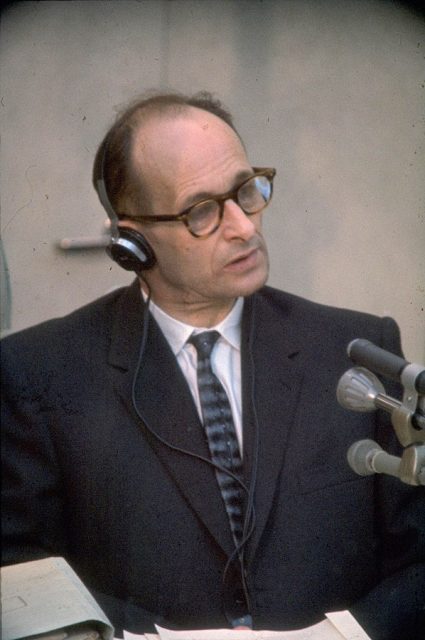
If Adolf Eichmann was the “most wanted” Nazi, Josef Mengele perhaps scored second on the list. He was remembered for his cold-blooded experiments and torture on children, pregnant women, and disabled people who were detained in Auschwitz, which earned him the title Angel of Death. He also made it to Argentina and was daring enough to use his real name.
For a while, his life was peaceful in the Argentine capital. Once the news that his compatriot Eichmann was captured reached him, Mengele sought refuge in Brazil. He died from a stroke in 1970. Authorities took six years to authenticate his identity as Mengele used a bogus identity once he came to Brazil.
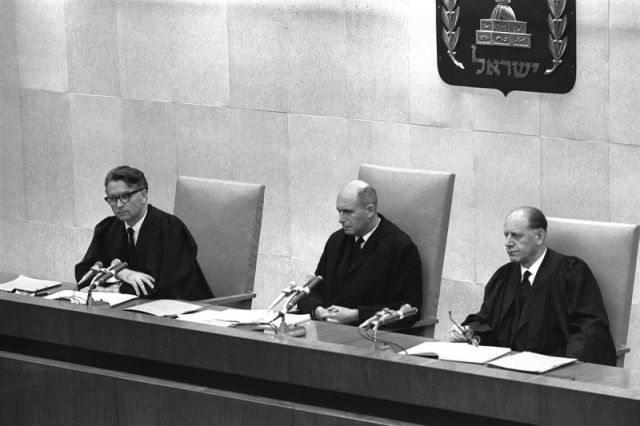
Other figures like Italian Erich Priebke and Croatian Dinko Šakić confessed some of their crimes in television interviews many years later. Priebke was noted for a 1944 massacre of over 300 Italian civilians, close to Rome. Another fugitive living in Argentina, he gave an interview for ABC News in 1994. When the piece aired on television, it resulted in Priebke’s extradition to Italy.
Šakić, who was Commander of Jasenovac camp, run by the Ustashe (the Croatian pro-Nazi party), was rather forgotten by 1998. That year, he inadvertently set himself up during a TV interview that grabbed attention after he provided statements of his deeds during World War II. It eventually led to his deportation and trail in Croatia.
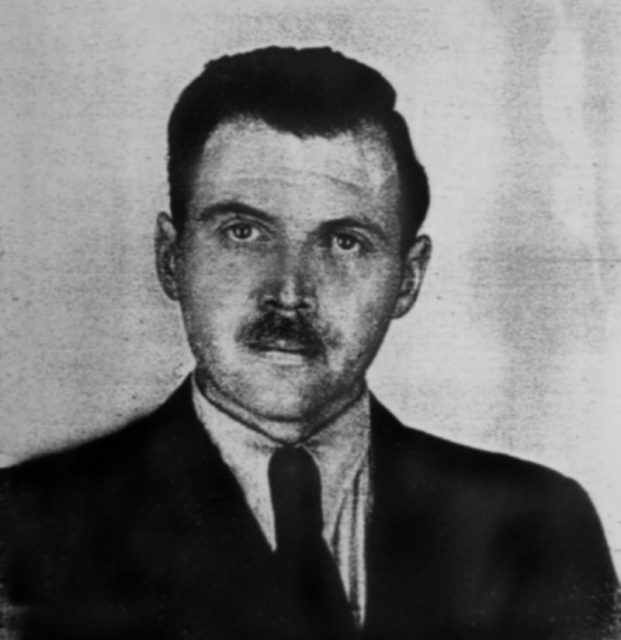
More infamous Nazis who were caught included Franz Stangl and Josef Schwammberger. The first of them was convicted for the murder of 900,000 people in concentration camps. He was traced in Brazil. Schwammberger, a mass execution officer, was caught by Argentine officials after West Germany called for his extradition in the 1970s.
Justice didn’t prevail for everyone, however. There were many more former Nazis, probably hundreds more who just resumed their quiet cautious lives in the lands of South America.
